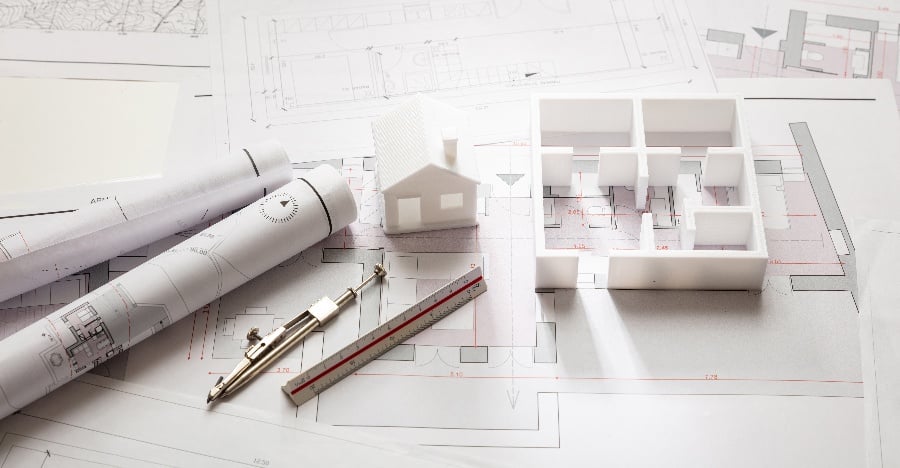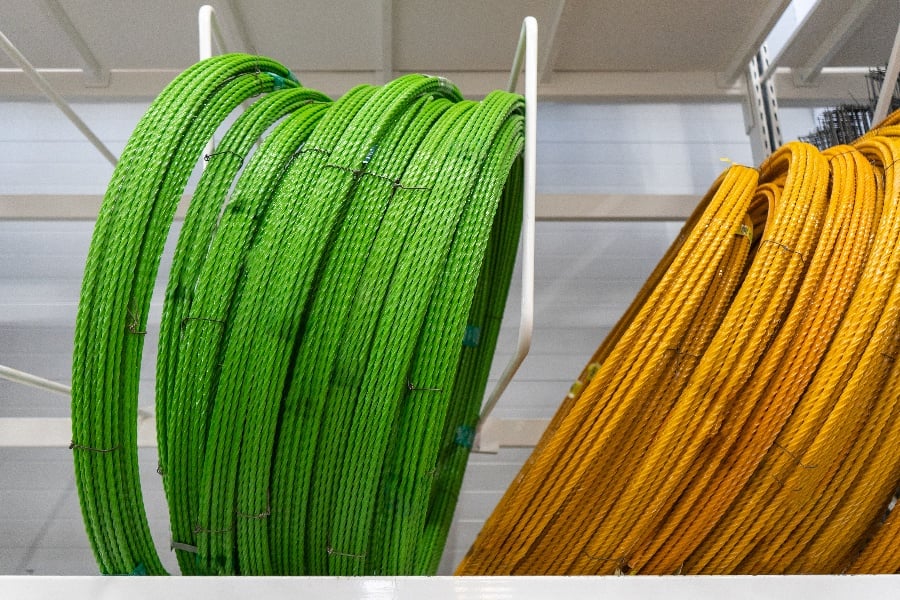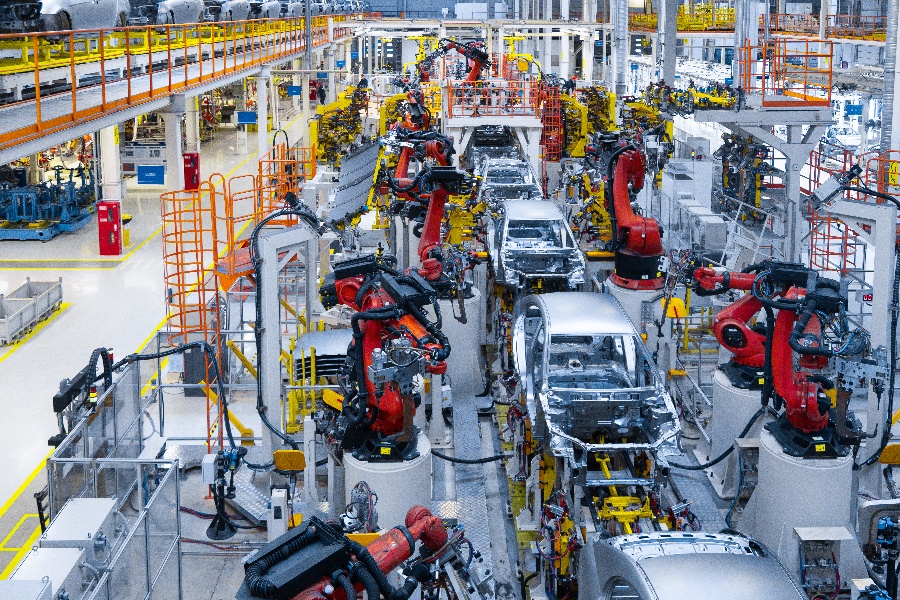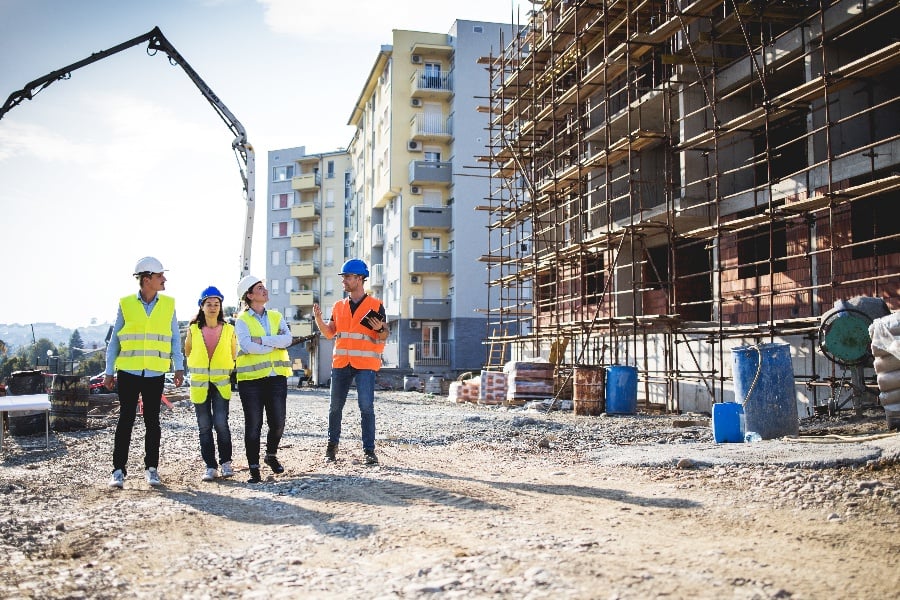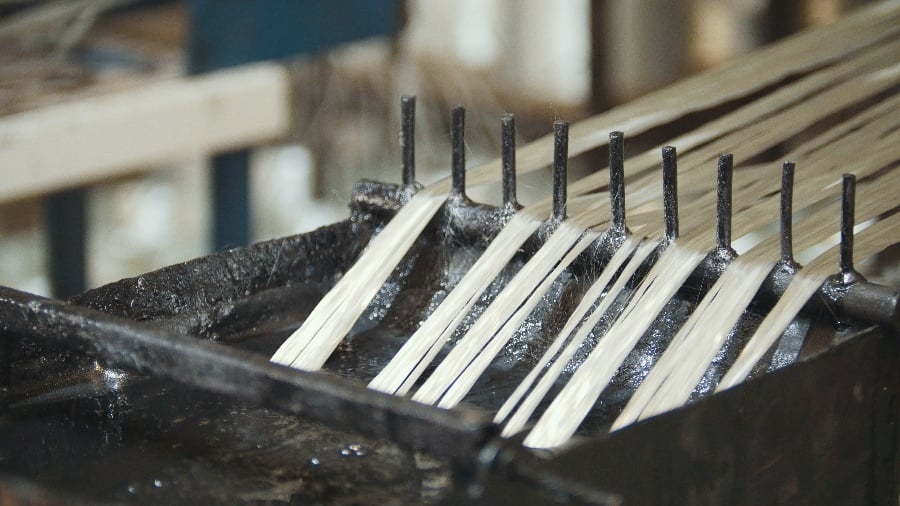
Making major changes to infrastructure that is already established can be every city planner’s worst nightmare.
Undertaking the demolition of structures such as public transportation or bridges have been a menace to the average resident. Rebuilding infrastructure can cause inconvenient delays and force travelers to establish a new routine.
However, the New York Metropolitan Transit Authority (MTA) has found a way to repair the Canarsie Tunnel for the L train without demolition teams. The solution turns out to be Fiber Reinforced Polymer (FRP) composites.
Rebuilding After Hurricane Sandy
In 2012, Hurricane Sandy ripped through the Atlantic Coast and destroyed everything in its path. Rated as the deadliest and most destructive hurricane for the entire season, it caused over $70 billion in damages, left 8.5 million people without power and 233 people in 8 countries lost their lives.
While emergency repairs were made as quickly as possible, some structures have yet to be overhauled. One of these structures is the Canarsie Tunnel for the L train in New York. It connects Manhattan to Brooklyn, which is an essential route for many New Yorkers.
Completely flooded with saltwater, the power infrastructure and cables were severely impacted by corrosion. In order to bring the public transit tunnel back to life, an entire overhaul was needed.
Originally, the team at MTA planned on demolishing the bench wall entirely. However, after careful consideration and planning between NY Governor Andrew Cuomo and professionals from Columbia and Cornell, a plan to cut down on 99% of demolition was put in place.
With the help of FRP composite casings, the plan was to hang the cabling on the walls and cover the corroded areas. However, after more deliberation, the team decided on covering the whole bench wall with the FRP composite casing. This concept was determined to be a better long-term solution as opposed to putting a band-aid on a much larger problem.
The lead consultant on the project – Andrew Smyth, professor of engineering at Columbia University –explained that this was going to be an FRP composite shell instead of a wrap.
Working with this new plan allows the workers to only demolish 1% of the damaged tunnel. Why is that important? This plan enables the tunnel to be back up and thriving much faster than it would be if the tunnel was completely demolished and rebuilt from scratch.
As an added bonus, using FRP composites to encase the damage will also result in less silica dust being released. Concrete is loaded with silica, which can pose a potential health hazard to construction crews. Inhaling a high concentration of silica can result in severe lung damage, so it makes sense to reduce the amount of exposure when possible.
FRP Composites vs Concrete
When you think of concrete, you may also think of cement. However, the two are not equal. Concrete consists of three ingredients: aggregate, water, and Portland cement.
Aggregate can be gravel, rock, or sand. On the other hand, cement is a powder that acts as a binding agent when it is mixed with aggregates and water. Once the mixture is ready, it can be poured and left to harden into a particular shape.
While some people may consider concrete to be a good building material, FRP composites are better. We aren’t just saying that because we are biased. It’s actually the truth.
Not only is concrete incredibly heavy, but it is also subject to corrosion and decay over time. Meanwhile, FRP composites are very lightweight, durable, and resistant to corrosion.
In the infrastructure sector, weight matters. Bridges and tunnels must be built within a certain weight restriction in order to accommodate heavy vehicles and traffic. Sometimes, concrete is simply too heavy to be used safely. Also, FRP composites are light, easier to install and cheaper to transport.
If you are familiar with the way shipping costs are calculated, weight is the major determining price factor. Concrete requires special trucks to deliver the mixture to the job site. However, FRP composites can be shipped in pieces and assembled on-site with ease.
The other main point is corrosion and decay. Concrete is a porous material that water can easily penetrate. Over time, this will result in damage from moisture. Concrete is also not resistant to chemicals or saltwater while FRP composites are.
Due to the nature of FRP composites and the pultrusion process involving liquid resin and curation, FRP composites are completely water-tight and resistant to saltwater and a wide range of chemicals.
Advantages of FRPs
Aside from weight and corrosion-resistance, there are many other benefits to using FRP composites that concrete simply does not have.
First, it takes 28 days for concrete to cure on-site. That is a long time to wait. On the other hand, FRP composite profiles can be delivered ready-to-install. The curation takes place at the end of the pultrusion process in the manufacturing facility. The end result is fast assembly and installation on-site with no curation time. Once the works have completed the installation, the structure is ready to be used.
Another benefit to using FRP composites is the colorants. Pigments can be added during the liquid resin process to achieve specific colors or patterns. The pigments are incorporated into the resin/roving combo, which allows the color to become one with the final product.
No paint or touch-ups are required. However, concrete cannot be colored. It can be painted, but the paint will need to be re-done multiple times throughout the lifespan of the concrete structure.
Finally, the lifespan differences between FRP composites and concrete are extreme. Concrete will last for 15 to 50 years depending on the application, environment, and usage. FRP composites can last well over 80 years with little to no maintenance.
In the long run, FRP composites will drastically reduce costs and labor.
Get in Touch with Tencom
Are you ready to begin your next project with the help of fiberglass or carbon fiber composites? Our experts here at Tencom can help. Contact us today to learn how to get started.







